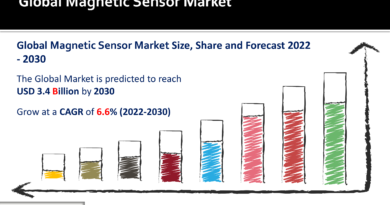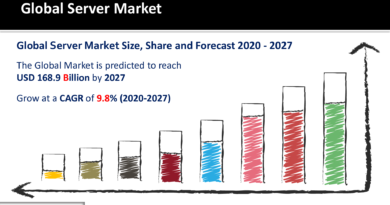Isocyanates Market Size, Share, Growth Trends and Forecast 2023-2032
The Isocyanates Market Size was worth USD 28.4 Billion in 2022 and is anticipated to reach USD 52.4 Billion by 2032, with a CAGR of 6.4% from 2023 to 2032.
Introduction:
The global market for isocyanates is evolving rapidly, driven by various factors that impact industries across the globe. Isocyanates, a group of chemicals mainly used in the production of polyurethane, find their applications in numerous sectors, including automotive, construction, and electronics. In this article, we will delve into the current state of the isocyanates market, examining key trends, drivers, restraints, opportunities, regional insights, competitive landscape, and future growth prospects.
Current Market Trends:
Isocyanates have been witnessing some intriguing trends in recent years. One prominent trend is the growing preference for bio-based and low-VOC (Volatile Organic Compounds) isocyanates. Environmental concerns and stringent regulations are driving this shift, pushing manufacturers to innovate in eco-friendly alternatives.
Moreover, the demand for polyurethane products, which are integral to various industries, continues to rise. The construction industry, in particular, is fueling this demand, with a surge in infrastructure projects worldwide. This trend is expected to persist as urbanization and construction activities increase.
Market Drivers:
Rapid Industrialization: Developing economies are experiencing significant industrial growth. This demands insulation, adhesives, and coatings, all of which require isocyanates. The expanding industrial sector is a major driver of isocyanates’ demand.
Automotive Industry: The automotive industry is one of the largest consumers of isocyanates. The demand for lightweight, fuel-efficient vehicles is driving the need for high-performance materials like polyurethane, positively impacting the isocyanates market.
Technological Advancements: Continuous research and development in isocyanates manufacturing processes are enhancing product quality and cost-efficiency. This technological advancement bolsters market growth.
Market Restraints:
Regulatory Challenges: The isocyanates market is subject to stringent environmental regulations. Regulatory compliance and environmental concerns can impose challenges for manufacturers. Ensuring adherence to these regulations can be costly and time-consuming.
Price Volatility: Fluctuations in raw material prices can impact the production costs of isocyanates. This, in turn, affects the pricing of the final products, making market dynamics unpredictable.
Opportunities and Regional Insights:
The Asia-Pacific region is a dominant player in the isocyanates market. Emerging economies like China and India are witnessing significant growth in construction and automotive industries, driving the demand for isocyanates. Furthermore, the Middle East and Africa are experiencing growth in infrastructure projects, contributing to the market’s expansion.
Europe is adopting stringent environmental regulations, favoring low-VOC and bio-based isocyanates, thus opening opportunities for innovation and product differentiation. North America remains a vital region for the isocyanates market due to a mature automotive and construction industry.
Competitive Landscape:
The isocyanates market is highly competitive, with key players including BASF SE, Covestro AG, Dow Chemical Company, and Huntsman Corporation, among others. These companies are actively involved in research and development, aiming to diversify their product portfolio and meet the growing demand for eco-friendly isocyanates.
Strategic collaborations, mergers, and acquisitions are prevalent in the market. For instance, in 2022, Covestro AG acquired the PU systems business of Korean-based SKC to expand its product offerings and strengthen its global presence.
Future Growth Prospects:
The isocyanates market shows promising future growth prospects. Here are some key factors contributing to its continued expansion:
Innovation in Sustainable Products: The market is expected to witness an increase in sustainable and eco-friendly isocyanates. As environmental concerns continue to rise, manufacturers will invest in developing products that align with stringent regulations.
Infrastructure Development: The global push for infrastructure development, particularly in emerging economies, will sustain the demand for polyurethane products, driving the isocyanates market.
Technological Advancements: Continuous R&D will lead to advancements in isocyanates production, resulting in higher-quality products and cost efficiency.
Global Expansion: Market players are likely to expand their operations globally, tapping into emerging markets and strengthening their competitive positions.
The isocyanates market is poised for growth, driven by trends like the shift towards eco-friendly products, the rise in industrialization, and the demand for polyurethane in various industries. Although regulatory challenges and price volatility remain concerns, innovative solutions and technological advancements will help mitigate these issues. The competitive landscape, with major players actively seeking expansion, also indicates a promising future for the market.
As businesses and industries evolve, understanding the dynamics of the isocyanates market becomes increasingly crucial for informed decision-making. Keep a close eye on these trends, drivers, and opportunities to stay ahead in this dynamic sector.


